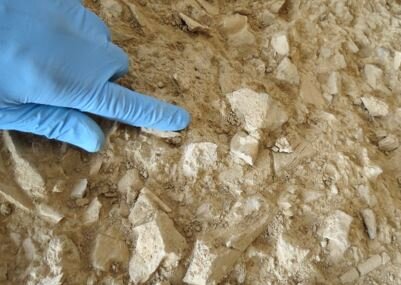Advanced DNA sequencing techniques (Matthias Meyer)

The group develops and refines molecular biology methods enabling the generation of DNA sequence data for evolutionary research. Applied primarily to ancient biological material, methods developed in the group have extended the temporal scope of ancient DNA research – to several hundred thousand years, even outside permafrost – and made the reconstruction of high-coverage genomes from ancient hominins possible, including those of Neanderthals, Denisovans and early modern humans. We hope that by pushing methodological advances we will further elucidate the genetic history of hominins and other mammals across a wider geographic and temporal range, and in much greater detail than currently possible.
Optimization and automation of sample preparation

We are continuously optimizing all steps of sample preparation with a two-pronged aim to avoid losses of endogenous DNA molecules while reducing microbial and human DNA contamination. Furthermore, we have automated DNA extraction, library preparation and hybridization capture on liquid handling systems to achieve greater throughput in sample screening. Maintaining and refining these automation protocols requires substantial effort, as does the development of rigorous quality controls. These workflows do not only benefit ancient DNA studies; they are also applicable to any research requiring the analysis of highly degraded DNA, for example that of formalin-fixed tissue and/or forensic samples.
Ancient DNA structure and repair

DNA repair may provide an avenue towards the retrieval of DNA sequences from poorly preserved material that is currently inaccessible for genetic analyses. To guide these attempts, we are working on novel analytical approaches that improve our knowledge about the structure of ancient DNA.
Exploring new sources of ancient hominin DNA

Since archaic hominin fossils are rare, we have begun to explore other potential sources of hominin DNA such as stone tools, bone tools and ornaments, as well as non-destructive methods for DNA extraction. Although hominins often constitute only a small fraction of the fauna at Paleolithic sites, we have recently found that their DNA can be retrieved directly from sediments, even in sites and layers where their skeletal remains are absent. This discovery opens new ways to investigate the genetic diversity and fluctuations in the geographical ranges of Neanderthals, Denisovans and potentially yet unknown archaic lineages over time.